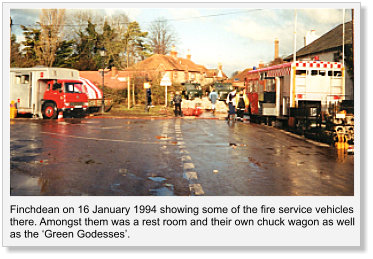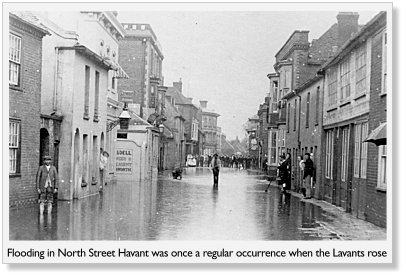 I know for a fact that many Portsmouth people would have no idea where Rowlands Castle is and even less, where the hamlet of Finchdean sits on the border of Hampshire and West Sussex. They pass through them on the train to London but mean little to most.
I know for a fact that many Portsmouth people would have no idea where Rowlands Castle is and even less, where the hamlet of Finchdean sits on the border of Hampshire and West Sussex. They pass through them on the train to London but mean little to most.
These two villages are well known to people off of Portsea Island and more-so for the walkers who pass by and take refreshment in the George at Finchdean and the pubs in Rowlands Castle. Any of them are well worth the visit.
Over the years the two villages have become more well known for the serious flooding that has occurred when the local phenomena called a Lavant rises from way underneath the earth and runs like a tidal stream through the lanes, fields and hedgerows that surround the villages.
Three local historians along with Ralph Cousins have researched the Lavants and have come up with a superb A5 104 page book filled with photographs about the history of the Lavants. At just £6.00 it is well worth the money and is available from the Spring Arts Centre in East Street or from Ralph on 023 9248 4024.
The two branches of the Lavants start at Chalton and Woodcroft Farm about 150ft above sea level and meet at Idsworth.
Here the flow really starts and passes through Finchdean to Dean End Lane and then east along Finchdean Road until Rowlands Castle is passed by.
The waters then make their way through Stansted Forest and then alongside the railway line until it the east of Havant thicket succumbs.
It later passes along New Lane before coming upon Havant but just before a relief pipe takes some of the river into the Hermitage Stream. It passes under Havant town centre by means of several culverts and then emerges into the sea at Langstone Harbour.
The book gives far fuller details plus maps and photographs of some of the devastation caused in 1994.
